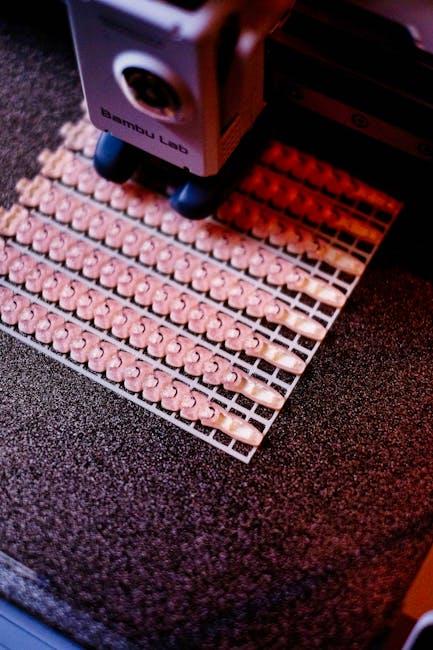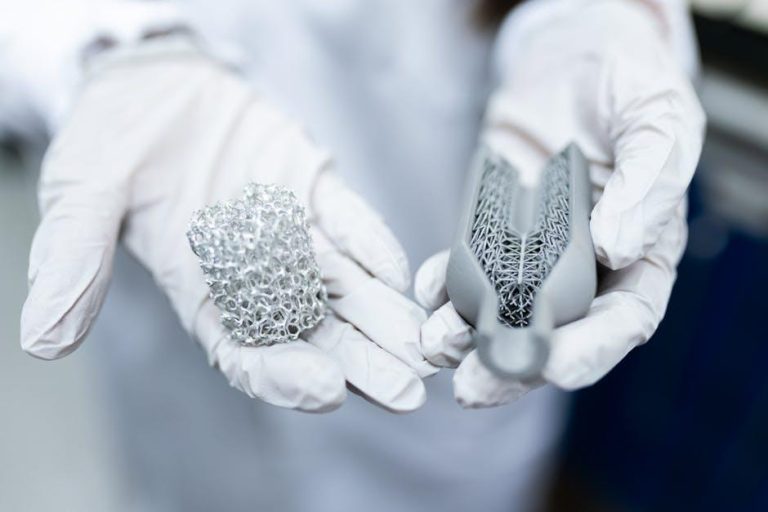
UConn Health Faculty Uses 3D Printing To Increase Emergency Dental PPE Supply
Published by UConn Today
Introduction
In the face of unprecedented global health challenges, ensuring adequate supplies of personal protective equipment (PPE) has become critical for healthcare providers. The University of Connecticut (UConn) Health faculty have innovatively tackled the shortage of emergency dental PPE by harnessing the power of 3D printing technology. This article explores how this cutting-edge approach is enhancing PPE availability, protecting dental professionals, and setting new standards for healthcare innovation.
Background: The PPE Shortage in Dental Healthcare
During emergencies such as the COVID-19 pandemic, the demand for dental PPE surged dramatically. Masks, face shields, and other protective barriers became scarce, leaving dental professionals vulnerable during critical procedures.
Dental healthcare requires close contact with patients, increasing the risk of airborne infection transmission. As traditional supply chains struggled to keep up, UConn Health faculty sought novel methods to bridge the gap and protect both practitioners and patients.
How UConn Health Uses 3D Printing to Address PPE Needs
The innovative faculty at UConn Health deployed their expertise in biomedical engineering and dentistry to design and produce emergency dental PPE using advanced 3D printing technologies. Here’s how they approached the challenge:
- Rapid Prototyping: Faculty developed initial PPE designs such as face shield frames and custom-fit mask components that could be rapidly printed and iterated.
- Material Selection: Utilizing biocompatible, durable polymers suitable for medical-grade protection, ensuring comfort and safety for dental staff.
- Decentralized Manufacturing: 3D printers were integrated within UConn Health facilities to enable on-demand production, reducing reliance on external suppliers.
- Collaboration: Cross-disciplinary collaboration between dental clinicians and engineers sped up the development process and ensured that products met clinical needs.
Benefits of Using 3D Printing for Emergency Dental PPE
The adoption of 3D printing by UConn Health for dental PPE production brought a number of distinct advantages:
- Customization: Each PPE item can be tailored to fit various face shapes and specific clinical needs, improving protection and comfort.
- Speed: On-site production significantly reduces lead time from design to usable PPE, critical in emergency supply shortages.
- Cost Efficiency: 3D printing lowers production costs by minimizing waste and eliminating expensive supply chain logistics.
- Sustainability: Digital manufacturing allows for recycling and reuse, reducing environmental impact compared to mass-produced disposable PPE.
- Empowered Healthcare Workers: Dental staff gain access to reliable protective equipment, enhancing morale and safety.
Case Study: A Firsthand Experience at UConn Dental Clinic
Dr. Emily Rosenthal, a faculty dentist at UConn Health, shared her experience utilizing 3D printed PPE during high-risk dental procedures:
“When the PPE shortage hit, I was concerned about how to maintain patient care safely. Thanks to our team’s 3D printing efforts, we quickly received face shield frames that perfectly fit all facial sizes and integrated seamlessly with existing masks. This allowed us to continue urgent dental treatments without compromise.”
Her testimony highlights the critical impact of the program in sustaining dental services during challenging times.
Practical Tips for Implementing 3D Printed Dental PPE
Dental clinics and health facilities interested in adopting similar 3D printing strategies can consider the following tips:
- Collaborate with local universities or tech hubs for access to 3D printing expertise and machinery.
- Choose PPE designs that have been validated by healthcare regulatory bodies or institutions.
- Use FDA-approved materials suitable for clinical use and ensure sterilization protocols are in place.
- Train staff in proper maintenance and safe usage of 3D printed PPE items.
- Maintain open communication lines among clinicians, engineers, and administrative staff for continuous product improvement.
Comparison: Traditional PPE vs. 3D Printed Emergency Dental PPE
| Feature | Traditional PPE | 3D Printed Dental PPE |
|---|---|---|
| Production Speed | Dependent on supply chain, often slow during crises | On-demand, rapid prototyping and manufacturing |
| Customization | Limited to few sizes and types | Highly customizable to individual fit |
| Cost | Variable, often higher with urgent purchases | More cost-effective for small batch and emergency runs |
| Environmental Impact | Mostly disposable, contributes to waste | Potentially reusable and recyclable materials |
| Supply Stability | Highly vulnerable to global shortages | Independent, localized production reduces shortage risk |
Future Implications of 3D Printing in Dental Healthcare
The success of UConn Health’s 3D printed PPE program signals a broader potential for 3D printing technology in dental healthcare:
- Customized Dental Implants and Prosthetics: Precision tailoring for patient-specific oral devices.
- Rapid Production of Surgical Guides: Enhancing accuracy in dental surgeries with patient-matched models.
- Academic Research and Training: Developing educational tools and prototypes for dental students and researchers.
- Increased Resilience in Crisis Management: Establishing decentralized manufacturing hubs that lessen dependency on global PPE supply chains.
Conclusion
The innovative use of 3D printing by UConn Health faculty exemplifies how technology and teamwork can effectively respond to PPE shortages, especially in specialized fields like dental healthcare. This approach not only ensures safety and continuity of care during emergencies but also paves the way for future advancements in personalized dental treatment and protection. As healthcare systems worldwide continue to face unpredictable challenges, the lessons learned from UConn’s 3D printed PPE initiative provide a valuable blueprint for resilience, innovation, and patient safety.


